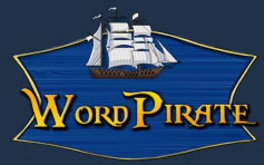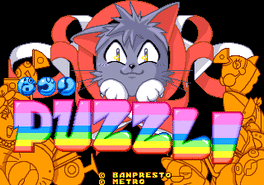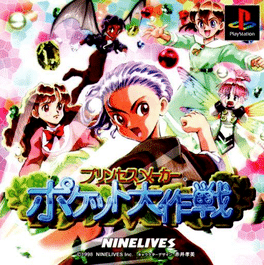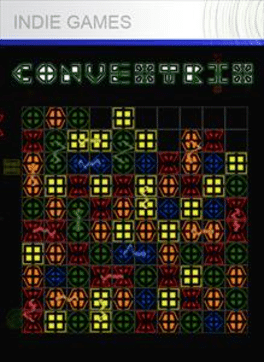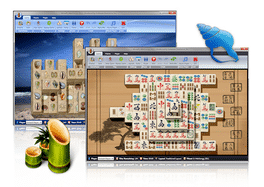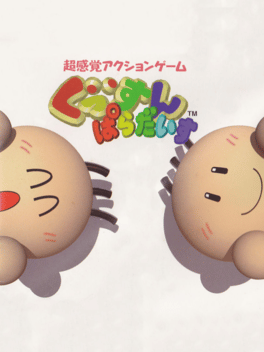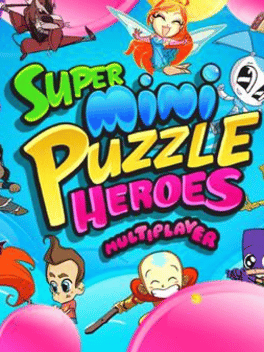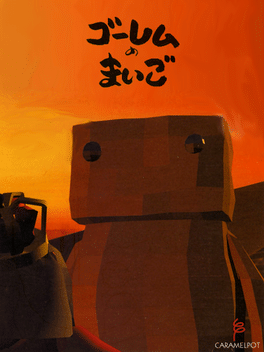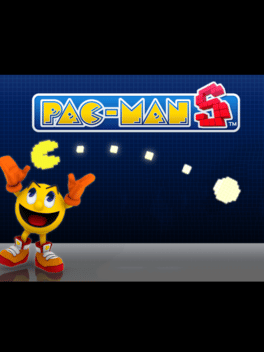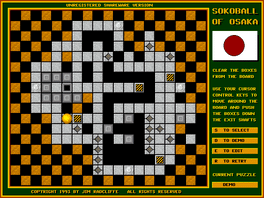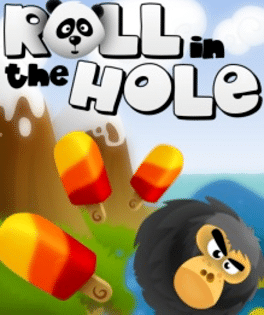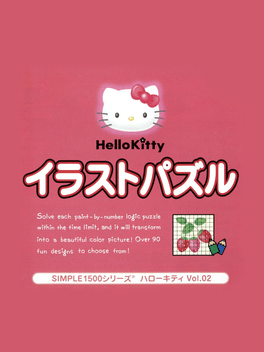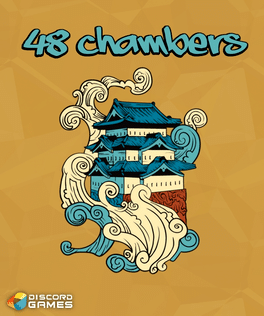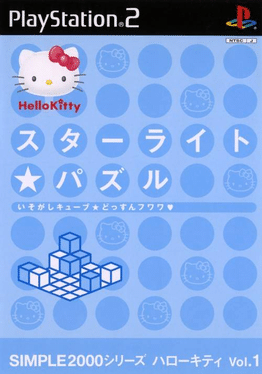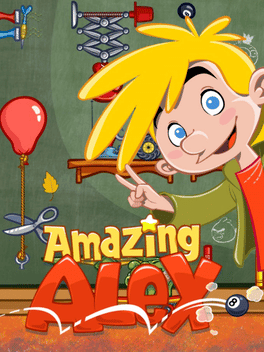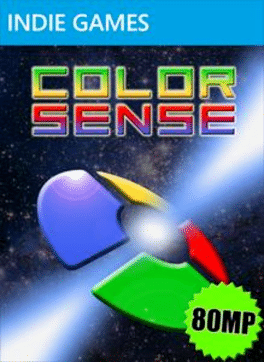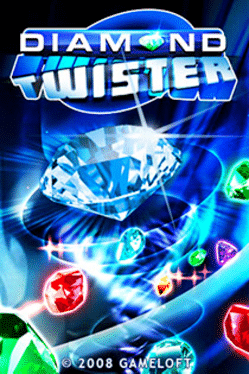Most Popular Ps3 Games - Page 366
-
Word Pirate
The third game developed by Moonpod, Word Pirate is a swashbuckling puzzle game where your words are sharper than your blade, insults optional. -
Grim Blaster
A combination of a shoot-'em-up and a puzzler. Player one controls Grim Blaster, defeating enemies with his gun. Player two attempts to crush enemies in a puzzle environment. Each time an enemy is defeated by one player, it appears on the other player's field. -
Gussun Paradise
A spinoff of the somewhat reasonably prolific Gussun Oyoyo series, this Playstation title is a lighthearted platform-puzzler set in an enemy-infested amusement park. Gussun Paradise also has the distinction of being the only console entry of the series to garner an english release under the moniker of YoYo's Puzzle Park in PAL territories. -
Golem no Maigo
2000
Golem no Maigo
2000
A Dreamcast puzzler developed mostly by one Japanese student, Golem no Maigo (also known by its English translation "The Lost Golem") tasks you with guiding the king to the end of every stage by pushing walls around while also ensuring there are enough walls that remain intact to progress. -
Simple 1500 Series Hello Kitty Vol. 02: Hello Kitty Illust Puzzle
2001
Hello Kitty Illust Puzzle is a Hello Kitty themed Picross game. -
48 Chambers
2012
48 Chambers
2012
48 Chambers is the second game developed by Discord Games. The player must navigate "chambers" full of traps to reach the goal. -
Simple 2000 Hello Kitty Series Vol. 1: Starlight Puzzle
2002
Simple 2000 Hello Kitty Series Vol. 1: Starlight Puzzle is the first in the Hello Kitty Simple series on the PlayStation 2. -
Amazing Alex
2012
Amazing Alex
2012
Another physics-based puzzle by Rovio, this one is more centered on Rube-Goldberg machines and is based on the game Casey's Contraptions, which they purchased the rights to.
